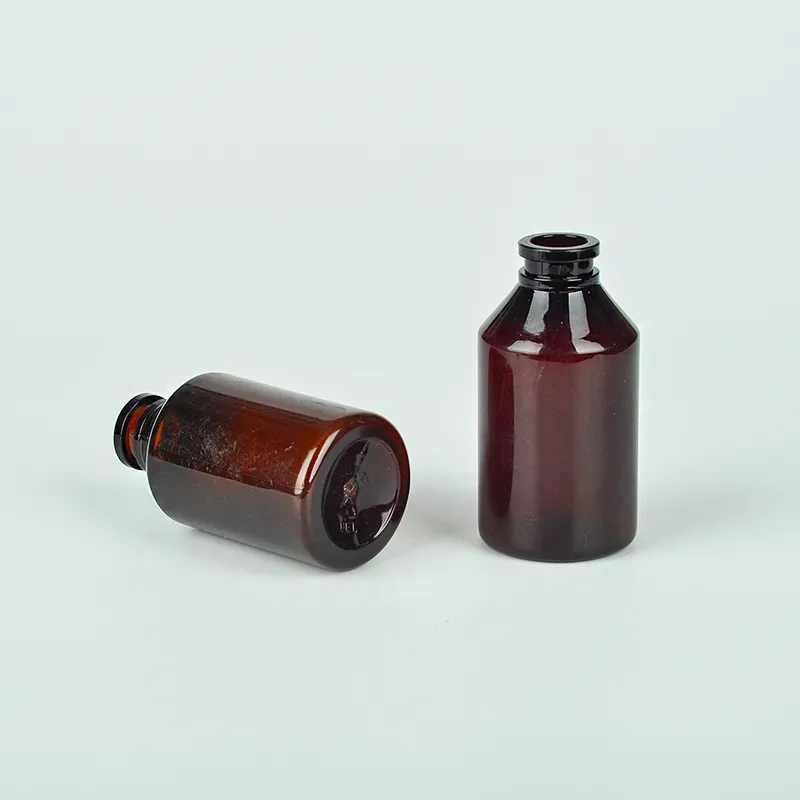
-
 Afrikaans
Afrikaans -
 Albanian
Albanian -
 Amharic
Amharic -
 Arabic
Arabic -
 Armenian
Armenian -
 Azerbaijani
Azerbaijani -
 Basque
Basque -
 Belarusian
Belarusian -
 Bengali
Bengali -
 Bosnian
Bosnian -
 Bulgarian
Bulgarian -
 Catalan
Catalan -
 Cebuano
Cebuano -
 Corsican
Corsican -
 Croatian
Croatian -
 Czech
Czech -
 Danish
Danish -
 Dutch
Dutch -
 English
English -
 Esperanto
Esperanto -
 Estonian
Estonian -
 Finnish
Finnish -
 French
French -
 Frisian
Frisian -
 Galician
Galician -
 Georgian
Georgian -
 German
German -
 Greek
Greek -
 Gujarati
Gujarati -
 Haitian Creole
Haitian Creole -
 hausa
hausa -
 hawaiian
hawaiian -
 Hebrew
Hebrew -
 Hindi
Hindi -
 Miao
Miao -
 Hungarian
Hungarian -
 Icelandic
Icelandic -
 igbo
igbo -
 Indonesian
Indonesian -
 irish
irish -
 Italian
Italian -
 Japanese
Japanese -
 Javanese
Javanese -
 Kannada
Kannada -
 kazakh
kazakh -
 Khmer
Khmer -
 Rwandese
Rwandese -
 Korean
Korean -
 Kurdish
Kurdish -
 Kyrgyz
Kyrgyz -
 Lao
Lao -
 Latin
Latin -
 Latvian
Latvian -
 Lithuanian
Lithuanian -
 Luxembourgish
Luxembourgish -
 Macedonian
Macedonian -
 Malgashi
Malgashi -
 Malay
Malay -
 Malayalam
Malayalam -
 Maltese
Maltese -
 Maori
Maori -
 Marathi
Marathi -
 Mongolian
Mongolian -
 Myanmar
Myanmar -
 Nepali
Nepali -
 Norwegian
Norwegian -
 Norwegian
Norwegian -
 Occitan
Occitan -
 Pashto
Pashto -
 Persian
Persian -
 Polish
Polish -
 Portuguese
Portuguese -
 Punjabi
Punjabi -
 Romanian
Romanian -
 Russian
Russian -
 Samoan
Samoan -
 Scottish Gaelic
Scottish Gaelic -
 Serbian
Serbian -
 Sesotho
Sesotho -
 Shona
Shona -
 Sindhi
Sindhi -
 Sinhala
Sinhala -
 Slovak
Slovak -
 Slovenian
Slovenian -
 Somali
Somali -
 Spanish
Spanish -
 Sundanese
Sundanese -
 Swahili
Swahili -
 Swedish
Swedish -
 Tagalog
Tagalog -
 Tajik
Tajik -
 Tamil
Tamil -
 Tatar
Tatar -
 Telugu
Telugu -
 Thai
Thai -
 Turkish
Turkish -
 Turkmen
Turkmen -
 Ukrainian
Ukrainian -
 Urdu
Urdu -
 Uighur
Uighur -
 Uzbek
Uzbek -
 Vietnamese
Vietnamese -
 Welsh
Welsh -
 Bantu
Bantu -
 Yiddish
Yiddish -
 Yoruba
Yoruba -
 Zulu
Zulu
Solution Dropper - Innovative Solutions for Your Business
Understanding the Solution Dropper A Revolutionary Tool for Precision and Control
In the realm of laboratory experiments and culinary innovation, precision is paramount. Researchers, chefs, and hobbyists alike often find themselves in need of a reliable way to transfer liquids accurately. Enter the solution dropper—a revolutionary tool designed to provide precise control over liquid dispensing. Whether one is experimenting with delicate chemical reactions or crafting the perfect cocktail, the solution dropper proves to be an invaluable ally.
What is a Solution Dropper?
A solution dropper is a simple yet ingenious device typically made of plastic or glass, featuring a narrow tube and a rubber bulb. This design allows for easy suction and dispensing of liquids in controlled amounts. The primary advantage of a solution dropper lies in its ability to transfer tiny volumes of liquids, which is essential in both scientific labs and culinary settings.
Applications in Laboratories
In scientific research, especially in chemistry and biology, the accuracy of liquid measurements can be the difference between a successful experiment and a failed one. Standard pipettes, while useful, may not always provide the level of control needed for very small volumes. Solution droppers step in by enabling researchers to dispense liquids drop by drop, ensuring that the precise amounts are used in reactions, dilutions, or sample preparations.
solution dropper

For example, when conducting titrations, a solution dropper allows for meticulous control over the addition of titrant to the analyte. This precision is crucial, as overshooting the endpoint can lead to inaccurate results. Moreover, in a biology lab, solution droppers are often used for transferring reagents or staining samples, where even a slight variation in volume can alter conclusions drawn from experiments.
Culinary Uses
The culinary world has also embraced the solution dropper for its precision. Chefs and mixologists use it to create dishes and drinks that require exact measurements of sauces, flavorings, or spirits. For instance, a few drops of a concentrated flavoring or an essential oil can significantly impact the overall taste of a dish. The solution dropper allows chefs to experiment with flavors without the risk of overwhelming a dish with too much of an ingredient.
Furthermore, in the world of molecular gastronomy, solution droppers are essential for techniques that require exact quantities of liquid to create unique textures and presentations. Whether it’s for constructing a delicate foam, creating visually stunning deconstructed dishes, or layering flavors in a cocktail, the ability to carefully control each drop is vital.
Conclusion
The solution dropper represents an intersection of simplicity and functionality, offering users a reliable means of liquid transfer across various fields. Its design caters to the need for precision, making it a staple in laboratories and kitchens alike. As science and culinary arts continue to evolve, tools like the solution dropper will undoubtedly play a significant role in refining techniques and enhancing creativity. By allowing for meticulous control over liquid dispensing, this humble device empowers users to push the boundaries of what is possible, whether in an experiment or a recipe. Embracing the solution dropper is not just about improving accuracy; it’s about unlocking the potential for innovation in all liquid-based endeavors.
-
Premium Metal Dropper Bottle for Precise Dispensing 250ml & 1ml Options AvailableNewsJul.04,2025
-
20 ml Headspace Vials - High Quality Polyethylene & Plastic Vials for Lab UseNewsJul.04,2025
-
Small Bottle with Pipette - Precise Dispensing 100ml Pipette Bottles for Essential Oils & Lab UseNewsJun.24,2025
-
Acetic Anhydride Bottle for Accurate Dropper Measurement in Pharmacy Use High-Quality Dropper BottlesNewsJun.10,2025
-
Innovative PET Bottle Design for Juice – Unique Shapes & Customization OptionsNewsJun.10,2025
-
20 Pack Sterilized Petri Dishes – Assorted Sizes, High Quality Small Plastic Petri Dishes for Lab UseNewsJun.10,2025






















